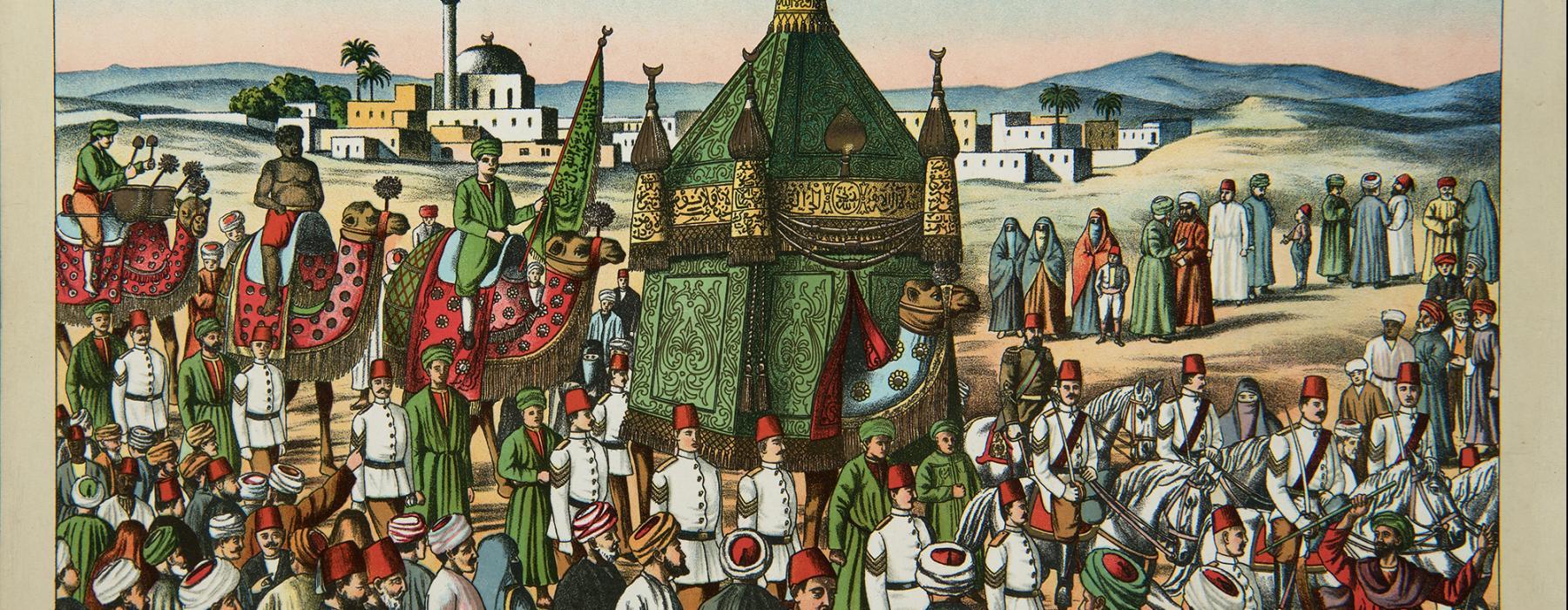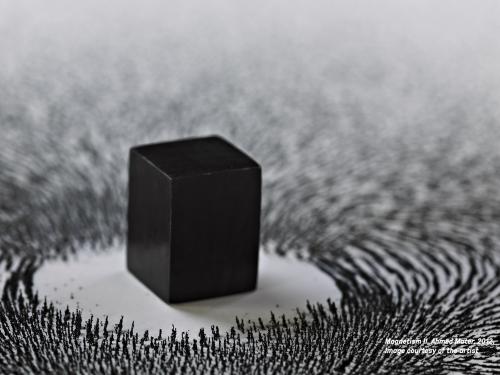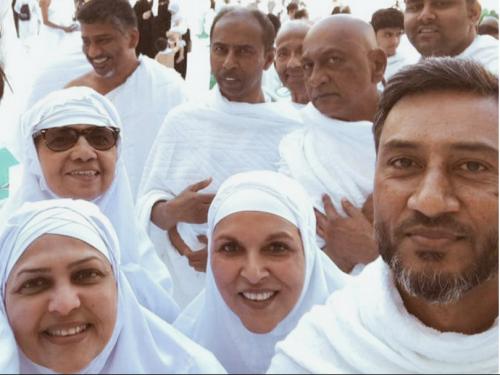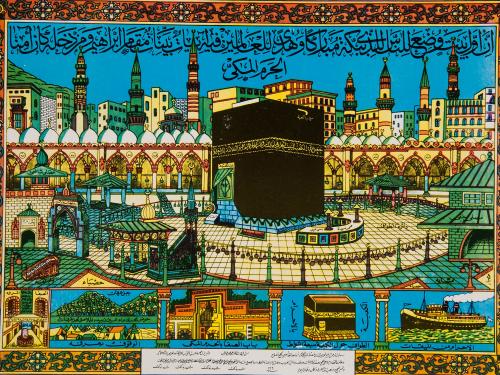
From all over the world millions of Muslims travel to Mecca every year. Most travel by plane, train or bus, but there are also people who cycle there. Many go in an organised group. Women up to the age of 45 who do not travel with a group must be accompanied by a ‘mahram’, a close male relative, such as their husband, father or brother.
In convoy
Pilgrims also often moved together in convoys in the past. Those travelling overland, mostly by camel and on foot, congregated at three central points: Kufa (Iraq), Damascus (Syria) and Cairo (Egypt). Pilgrims coming by sea, including Muslims from Indonesia, would arrive at the port of Jedda. The long and sometimes dangerous journey was a test of physical and spiritual endurance. Pilgrims often fell ill or were robbed on the way and became destitute. However, they could find solace in the belief that those who die on Hajj will go to heaven with their sins erased.




